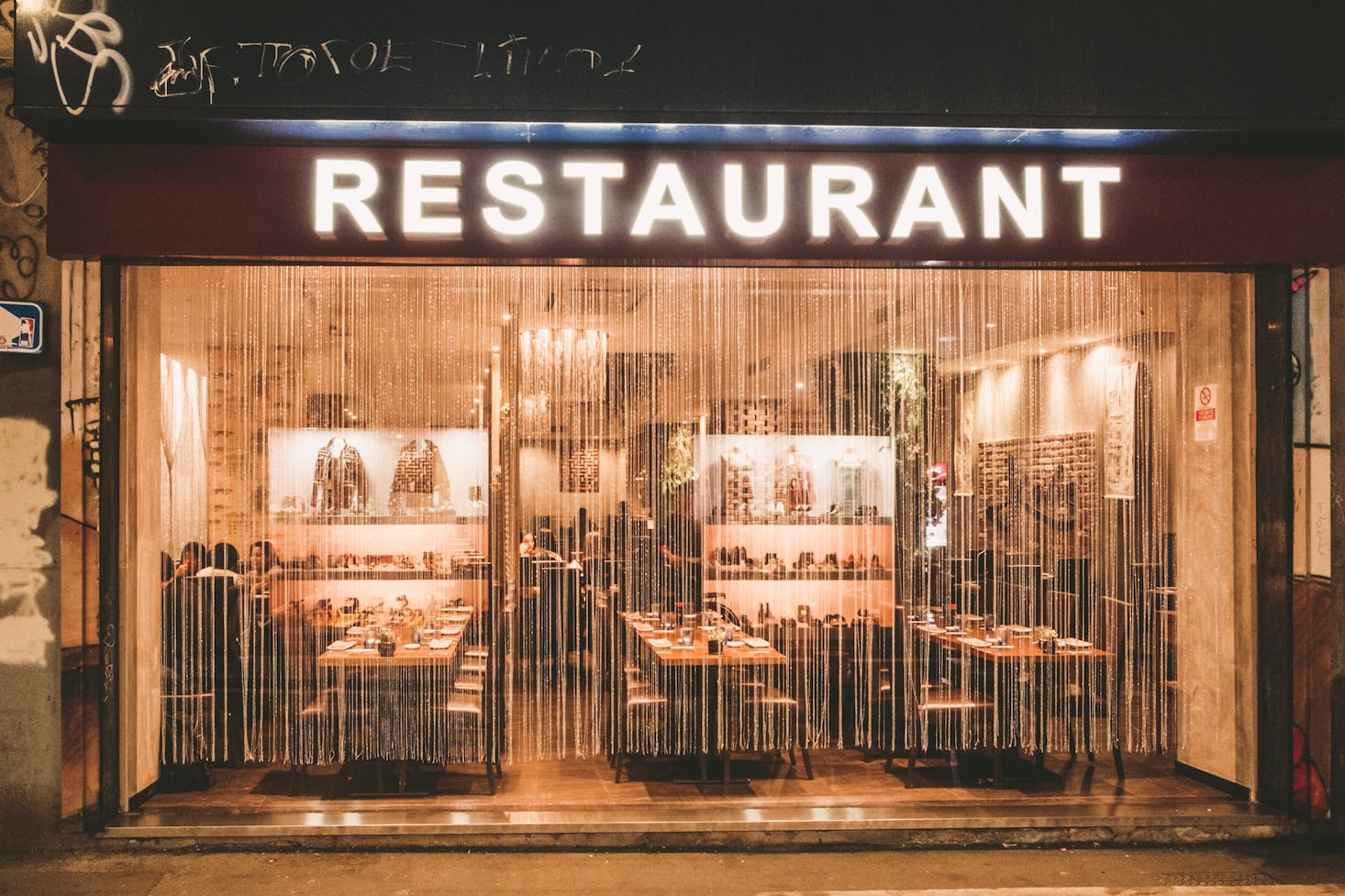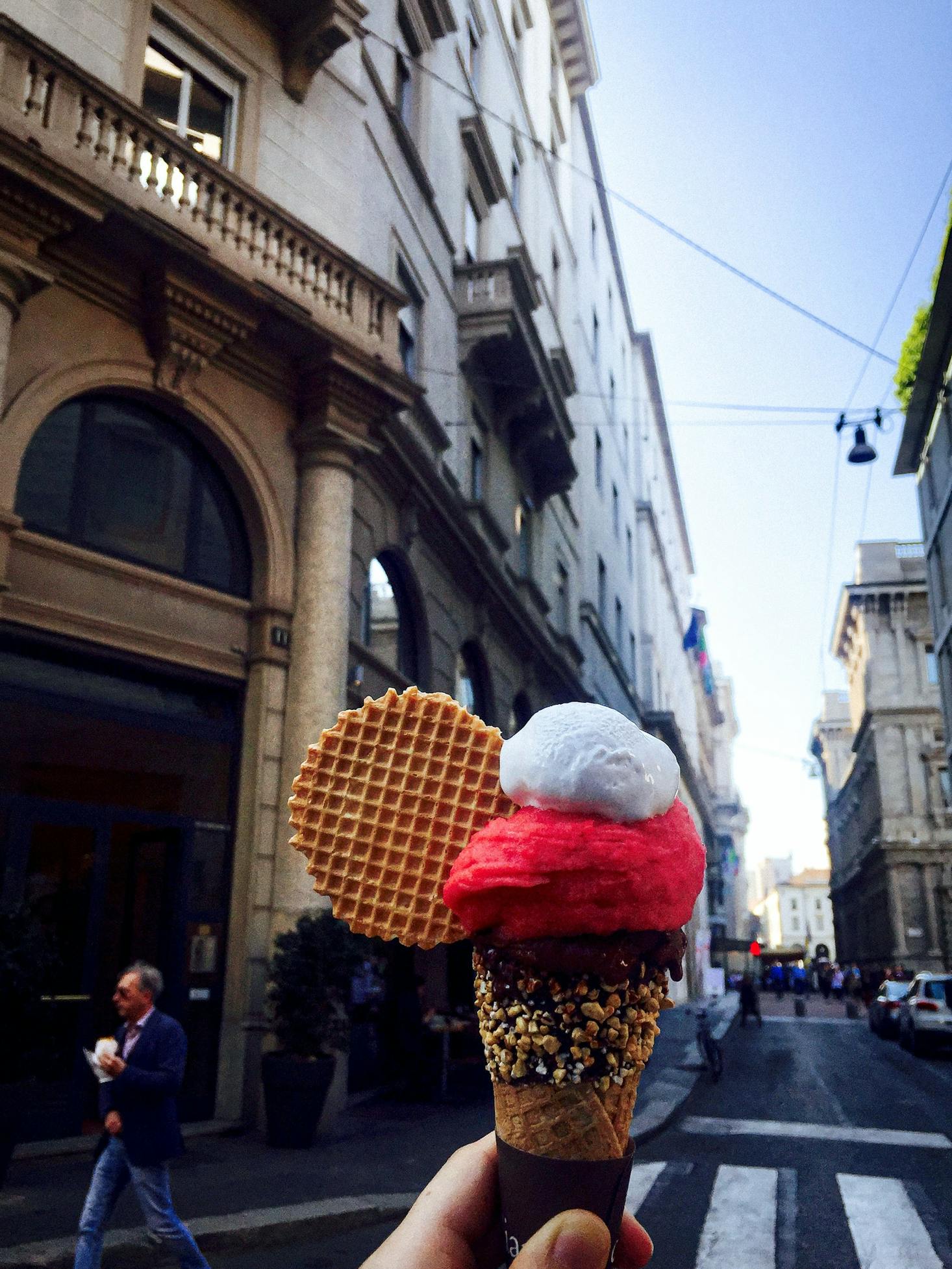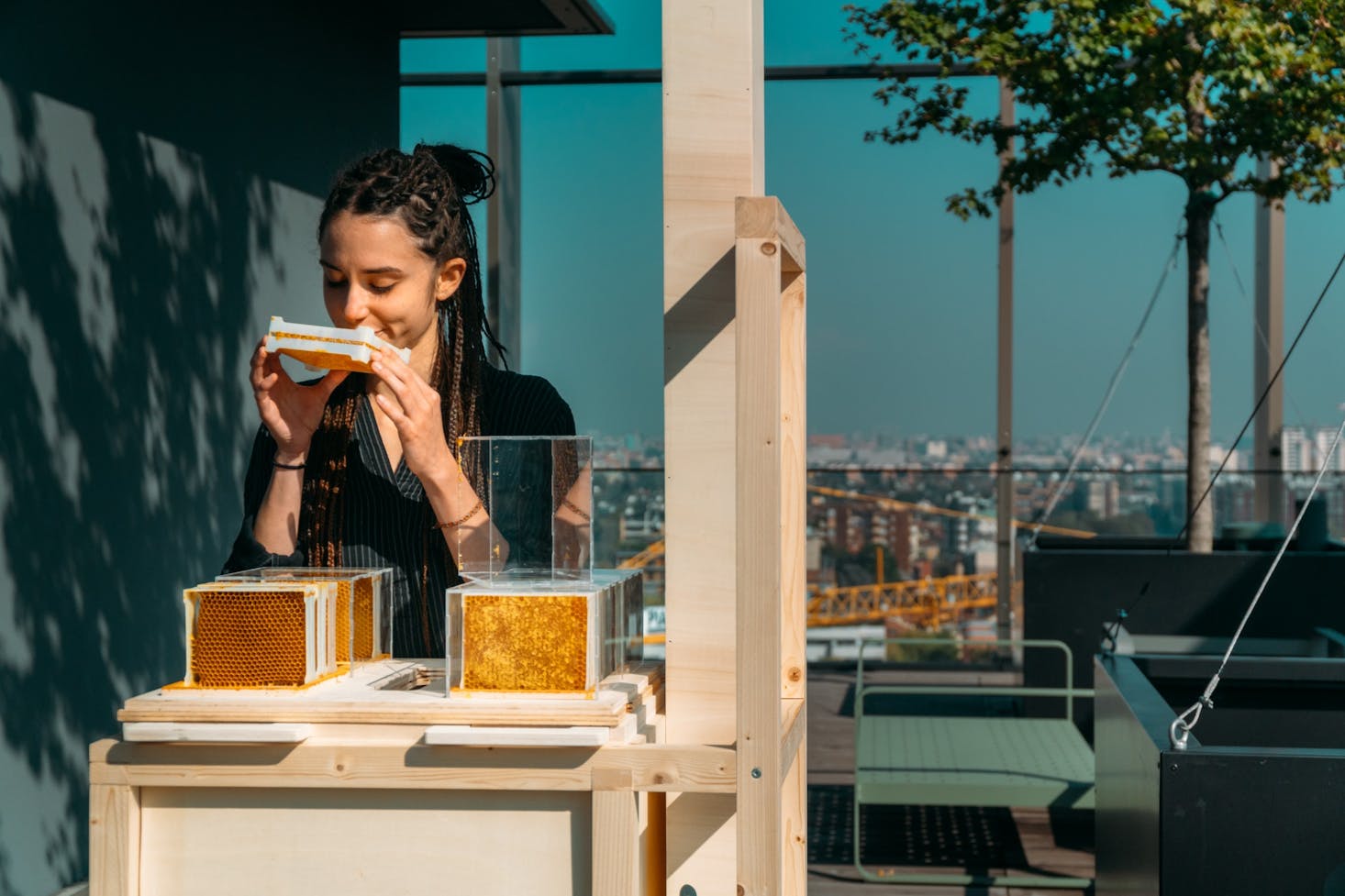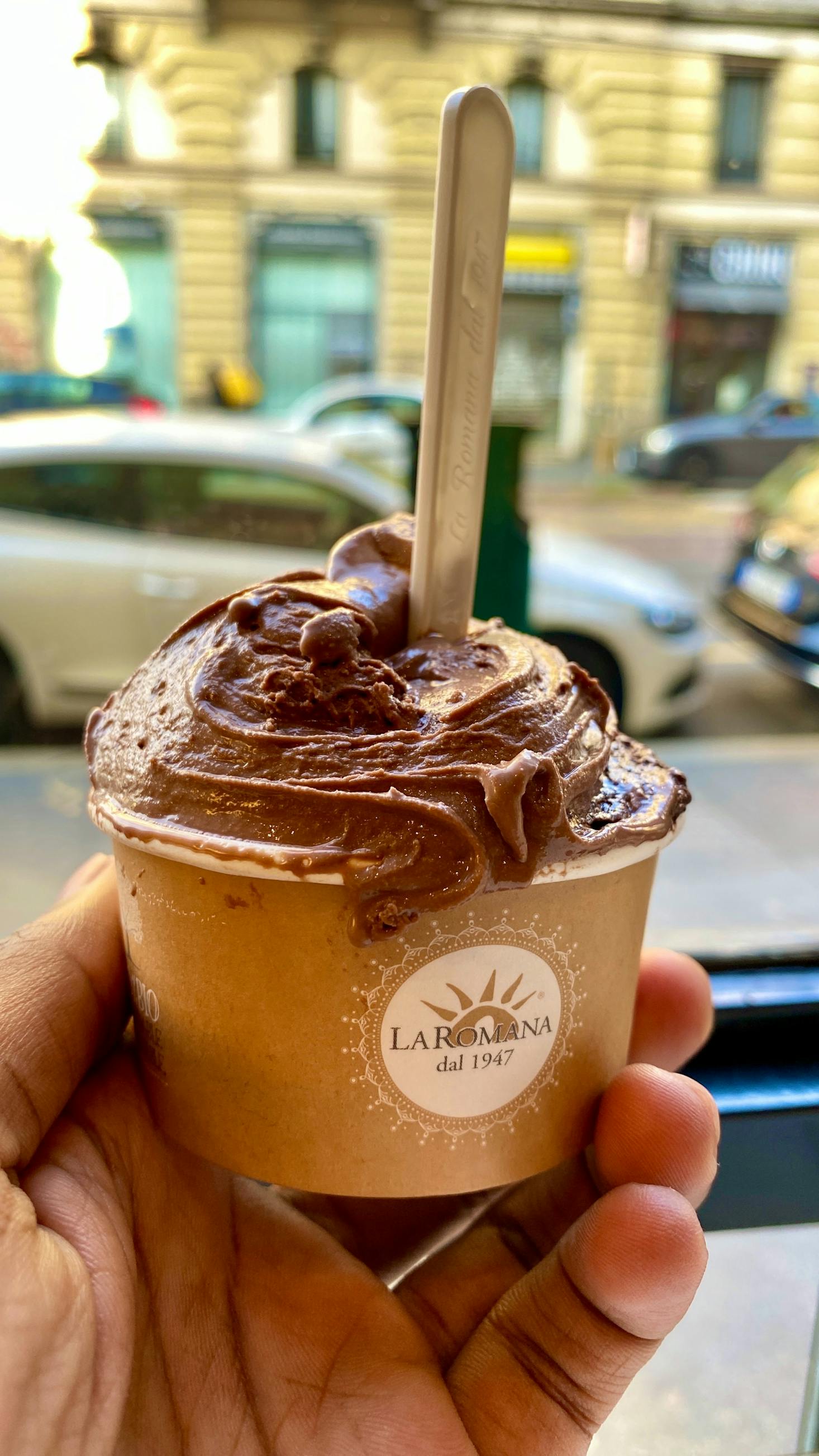What to Eat in Milan: 10 Treats You Should Not Miss

Flying into Malpensa Airport? Milan is the capital city of Lombardy, a region in northern Italy, and is one of the most prominent cities in the country and in the world. Apart from being recognized as a leading global city and an economic and cultural center, Milan has also earned the recognition one of four fashion capitals in the world, along with New York, London and Paris. Additionally, the Italian city is world-renowned for its incredible regional cuisine.
When talking about Italian food, it is very likely that you would automatically think about pizza or pasta. While that isn’t actually wrong, the Lombardy region, including Milan, boasts a rich gastronomical scene that goes beyond the usual Italian staples that everyone knows and loves. Whether you are craving for a rich veal shank dish or a creative way to serve risotto, the food in Milan will keep your taste buds and tummies happy.
If you have an upcoming trip to the Lombardy capital, sampling some authentic Milanese cuisine should be on top of your agenda. To help you with this task, we’ve compiled a list of the best treats that you should not miss when in Milan (if you are leaning towards more casual eats, read this guide to the best street food in Milan).
For travelers living a meat-free lifestyle, you may want to check out this list of best Milan vegetarian restaurants for some plant-based versions of local delicacies. Lastly, don’t forget to utilize one of the many Bounce luggage lockers in Milan to keep your hands free before you make a stop to eat the best local cuisine.
Get $5 off with the Bounce app
Use Bounce to find nearby bag storage in 4,000+ cities worldwide.
Get the app

Milan Food: Ossobuco
One of the most renowned Milanese dishes is the ossobuco, which literally translates to “bone with a hole”. This meaty dish is made using a specific kind of meat – the bone marrow surrounded by tender and flavorful meat. Although each restaurant or household has its own special recipe for this iconic dish, the ossobuco is generally prepared by browning the veal shanks in a pan before being braised in meat stock, white wine, carrots, onions and celery.
The original version of the ossobuco does not usually include tomato sauce, although there are some more modern adaptations of the dish that feature tomatoes. The finished dish is then garnished with some gremolata and traditionally eaten with either polenta or risotto. Almost all traditional restaurants in Milan will have the ossobuco on their menu so it shouldn’t be hard to sample this dish during your trip.
Milan Food: Risotto alla Milanese
Risotto is an Italian food that is known all over the world and enjoyed by people from all walks of life. However, if you want the most authentic and flavorful version of this dish, you should definitely try the risotto alla Milanese, one of the most celebrated northern Italian dishes. Milan is located in Po Valley, dubbed the “rice bowl of Italy”, which is why rice is a huge part of the region’s cuisine. What makes the Milanese variant of risotto stand out from other versions is its bright yellow color, which is achieved by adding the expensive and rare spice known as saffron.
According to legend, an apprentice working in the Duomo Cathedral decided to add a dash of saffron to the dish, which was used to give color to the stained-glass windows of the church. While saffron is responsible for giving the dish its eye-catching color, the spice actually adds just a hint of flavor; instead, salt, bone marrow and cheese are used to bring creaminess and taste to this local treat. Even though the Milanese saffron risotto can be consumed on its own, it is traditionally served alongside the ossobuco.

Milan Food: Cassoeula
One of the best dishes to eat in Milan, especially during the colder months, is the cassouela. This dish is a pork and cabbage stew that has a distinct and potent flavor; it was once a “poor man’s dish” that was invented for physical laborers that need a filling dish to keep them energized while working. The stew is made using different parts of the pig, including the ears, head and feet along with vegetables such as cabbage, onions and carrots; other versions might include some Verzino sausage.
Because it is best eaten during the colder season, cassoeula starts to show up in the menu of local restaurants in the months leading up to winter, although there are a few eateries that serve the dish year-round. As part of the local culture, however, this hearty dish is universally consumed by the people of Milan every 17th of January, which is the feast day of Saint Anthony the Abbot, the city’s patron saint of butchers and pigs. Since it is such a hearty dish, this stew is sometimes served with polenta to help balance the flavor.
Milan Food: Cotoletta alla Milanese
Undoubtedly one of the most recognizable and beloved local delicacies is the cotoletta alla Milanese, which can be found in almost restaurant in the city. Highly similar to Austria’s wiener schnitzel, the cotoletta is a breaded veal cutlet that is deep fried in butter or, in some cases, grilled.
As with most local dishes, there are slight variations of the cotoletta Milanese; some prefer the meat to be boneless while there are those that keep the bone in. The veal cutlet is prepared by dipping the meat in milk and then coated with a generous amount of breadcrumbs. It is then fried until golden brown and served with a side of vegetables or potatoes.
Milan Food: Panettone
The fruitcake is one of the most popular pastries during the Christmas season and almost every country in the world has some version of it. However, only a few are aware that this iconic dish actually originated in Milan, known locally as the panettone. This Italian sweet bread features a cupola shape and is prepared using a long proofing process that takes days in order to achieve the cake’s unique fluffy texture.
The cake itself contains different elements such as lemon juice, candied orange, raisins, citron and nuts, among others. The panettone is served in many ways; some like it plain while others serve the cake with a rich chocolate sauce; it is also traditionally consumed with sparkling wines or hot tea. During the holiday season, the panettone becomes widely available almost anywhere in Milan – from supermarkets to bakeries.

Milan Food: Minestrone Milanese
Minestrone is perhaps the most famous Italian soup dish and chances are that you have tried it (or are at least familiar with the dish). However, the Milanese have their own version of this popular soup and there’s no better place to try it than in Milan itself. Just like the traditional version, the Milanese minestrone utilizes a variety of vegetables, including cabbage, celery, beets, tomatoes and more, depending on what is available in season.
What sets the Milanese variant is that instead of using pasta, the recipe calls for rice; as previously mentioned, the northern Italy region is a major producer of rice and the regional cuisine features the ingredient heavily. During the winter season, the minestrone is served hot while during the summer season, it is served lukewarm or cold.
Milan Food: Polenta
One of the city's most classic dishes, polenta is essentially a cornmeal porridge and is well-known comfort food in Milan and the northern Italy region. This local staple is prepared by boiling cornmeal and is often served as an appetizer or a side dish to meats and stews. There are many versions of the polenta dishes; some are plain with just a little bit of salt while others are combined with savory ingredients such as mushrooms and cheeses.
At its core, polenta is a very simple dish, which is why some may think it is bland and boring. However, northern Italians are serious when it comes to this dish; every household in the region has its own recipe and way of preparation of this beloved dish and it is considered a valuable part of Italian cuisine. Pro tip: look for traditional Milanese restaurants that offer variations of the polenta to get a more exciting introduction to this dish.

Milan Food: Mondeghili
You cannot make a list of what to eat in Milan without including mondeghili into the mix. Often referred to as “Milanese meatballs”, the iconic dish was actually brought to the city by the Spaniards during the 17th century and has since become of Milan’s most beloved delicacies. Traditionally, the dish is made from leftover meat and was invented to ensure that no food goes to waste; ingredients such as leftover beef cuts, raw salami, sausage, liver and other forms of scrap meat were used to create the meatballs.
Today, however, some of Milan’s best restaurants have elevated the dish and put their own spin to make gourmet versions. Milan dining institution Ratana even has its own version of the mondeghili, which utilizes veal instead of beef and features premium ingredients such as Grana Padano cheese, butter, vegetables and nutmeg.
Milan Food: Busecca
When talking about what to eat in Milan, the dish busecca is almost always part of the conversation. Also known as the trippa alla Milanese, busecca was once widely considered as “peasant” cuisine and is a common working-class meal before becoming the iconic Milanese dish it is today. The main ingredient of this dish is the tripe, which is the edible lining found in an animal’s stomach; along with the tripe, busecca also contains carrots, onions, celery, beans, tomato puree and broth.
Unlike the other local food in Milan, busecca is not widely available in the city’s best restaurants. However, as winter approaches, especially during the Christmas season, some traditional eateries apply menu changes and start to serve busecca as part of their specials.

Milan Food: Gorgonzola
The northern region of Italy has produced some historic cheeses over the centuries and one of the most popular types to come out from here is gorgonzola cheese. Located in the greater Milan region, the charming town of Gorgonzola has long been regarded as an important center of cheese production, particularly soft cheese. Its most famous product, however, is the eponymous cheese that is enjoyed by dairy lovers from all parts of the world. One of the most interesting facts about gorgonzola is that it has a protected regional status, which means that it can only be produced in Milan and nearby Northern Italian regions such as Lombardy and Piedmont.
Gorgonzola is a blue cheese derived out of unskimmed milk and features a soft texture that becomes firmer as it ages; it is used for a variety of Milanese favorites, including pizzas, polentas, risotto and a range of pasta dishes. Gorgonzola is available in two kinds: the first is the piccante (translates to “spicy), which has a sharp and spicy flavor; and the other is the dolce (meaning “sweet”), which has a creamier texture and sweeter taste.
Milan Food: Barbajada
Named after its founder, Domenico Barbaja, the barbajada is a drink that is made out of equal parts of milk, coffee and chocolate and topped with whipped cream, reminiscent of a mocha coffee drink. According to the city’s history, Barbaja worked as a waiter in the historic Café Cambiasi, situated right beside Milan’s famous Teatro alla Scala, which is where the drink was invented.
The barbajada is a traditional drink that became immensely popular at the turn of the 20th century but started to lose its favor as time passed. Recently, however, the drink has seen a real renaissance as more and more Milanese cafés have re-introduced the barbajada to their menu. The barbajada can be enjoyed on its own or paired with classic pastries such as the panettone; it can also be served hot (during the winter season) or cold (during the hot summer months).
What to Eat in Milan
Traditional Milanese food is known for being absolutely delicious, flavorful and absolutely filling whether it's for brunch, on the lunch menu, or as an entree for dinner. When in Milan, you are in for a treat with all the delicacies that are worth trying.
After going on a binge on the best local food, you may want to check out some of the best hikes in Milan to recover from all the food you've discovered!
Get $5 off with the Bounce app
Use Bounce to find nearby bag storage in 4,000+ cities worldwide.
Get the app
